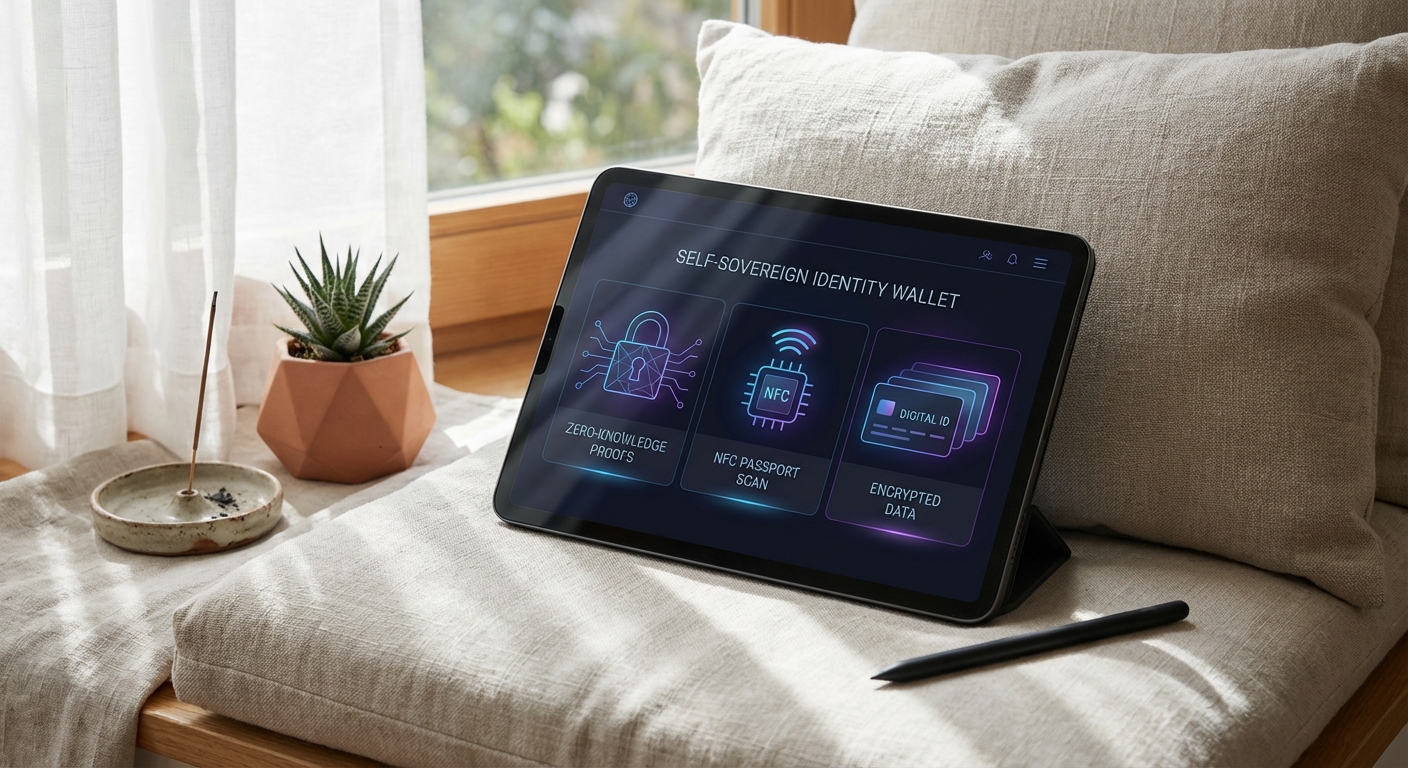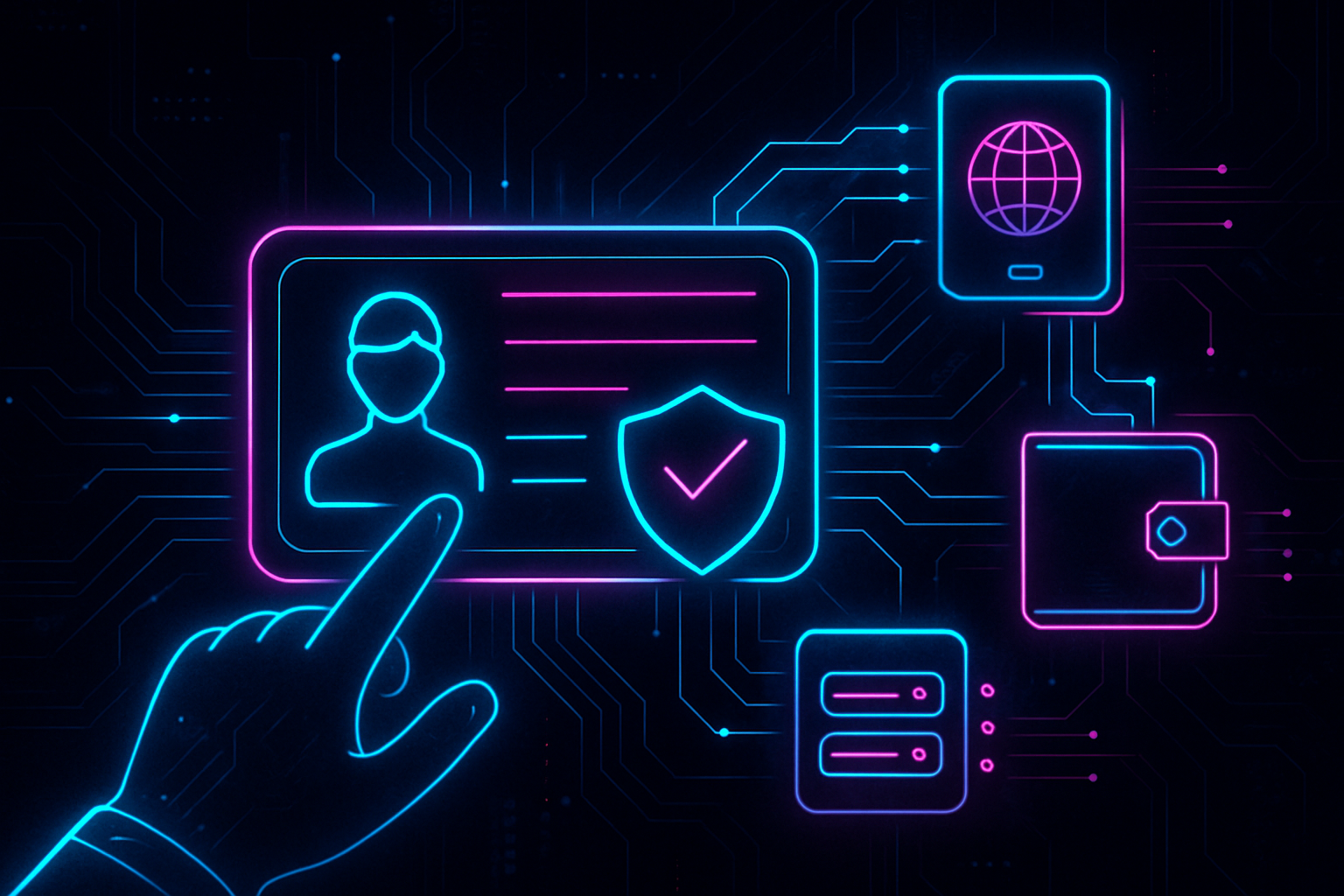
Imagine logging into any Web3 app and instantly proving who you are, without creating a new account, handing over a trove of personal data, or relying on a centralized gatekeeper. This isn’t science fiction. It’s the promise of self-sovereign identity (SSI), a digital passport that you own and control, designed for the decentralized web.

What Is Self-Sovereign Identity? The Foundation of Web3 Identity Control
Self-sovereign identity is flipping the script on digital identity management. Instead of companies holding your credentials and dictating access, SSI puts you at the center. You create your own decentralized identifiers (DIDs), store them in a self-sovereign identity wallet, and collect verifiable credentials from trusted issuers. These credentials can be selectively shared across platforms, proving what’s necessary, nothing more.
This model is tailor-made for Web3. As Dock Labs notes, SSI gives individuals full ownership and control of their digital identities without relying on third parties (source). The result? A portable digital identity that works seamlessly across DeFi apps, DAOs, social networks, gaming universes, and beyond.
The Anatomy of SSI: DIDs, Verifiable Credentials and Zero-Knowledge Proofs
Core Components of SSI Wallets in Web3
-

Decentralized Identifiers (DIDs): Unique, blockchain-based identifiers that replace traditional usernames and passwords, enabling secure, user-controlled identity across platforms.
-
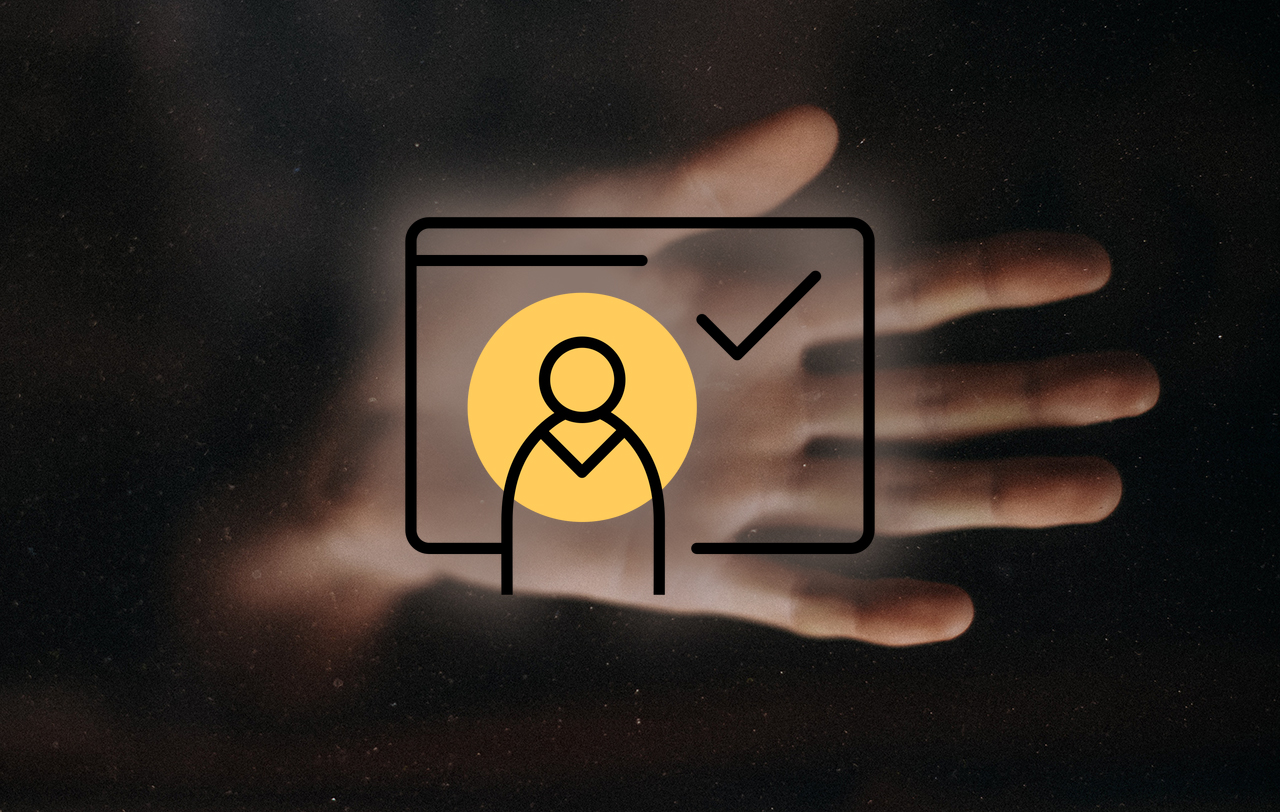
Verifiable Credentials (VCs): Digitally signed attestations issued by trusted entities, allowing users to prove specific attributes without revealing unnecessary personal data.
-

Zero-Knowledge Proofs (ZKPs): Advanced cryptographic techniques that let users verify identity claims without exposing underlying information, maximizing privacy.
-
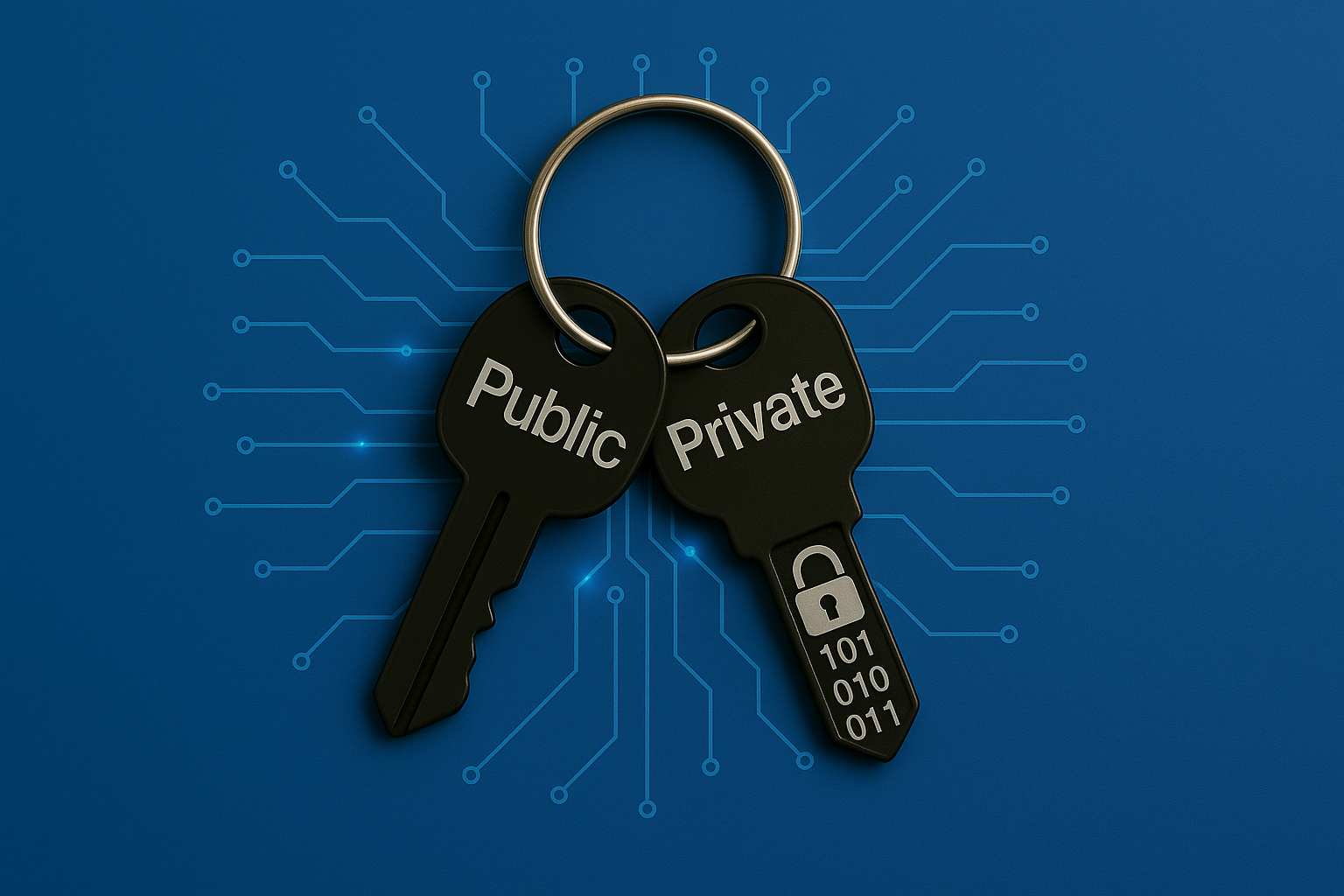
Private Key Management: Secure storage and handling of cryptographic keys, empowering users with exclusive access and control over their digital identity.
-
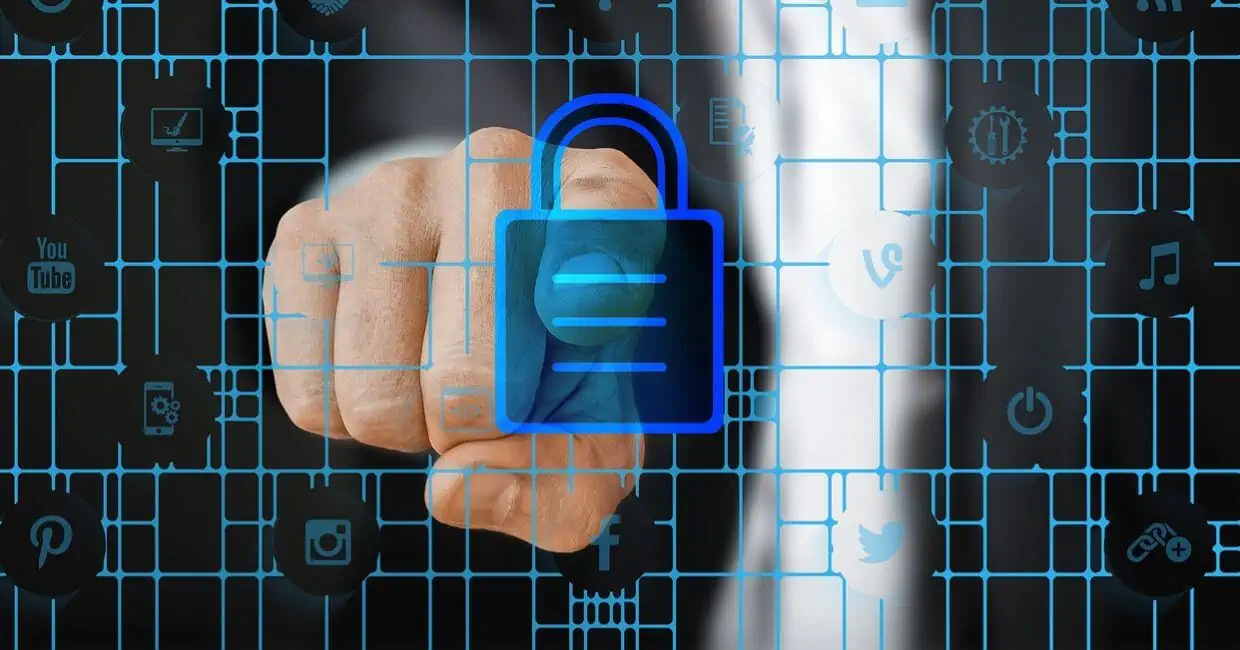
Interoperability Layer: Protocols and standards (such as W3C DID and VC) that ensure SSI wallets function seamlessly across multiple dApps and blockchain networks.
The magic behind SSI lies in three core technologies:
- DIDs (Decentralized Identifiers): Unique blockchain-based IDs that replace usernames and passwords. These are globally resolvable and not tied to any single provider.
- Verifiable Credentials: Digitally signed attestations from trusted sources (like universities or KYC providers). You decide when, and with whom, to share these proofs.
- Zero-Knowledge Proofs (ZKPs): Advanced cryptography lets you prove claims (like being over 18) without exposing sensitive details. This is privacy by design, not just privacy by policy.
Together these tools enable identity interoperability: your digital passport becomes usable across countless dApps and blockchains without redundant signups or data silos (source).
The Business Impact: Why SSI Wallets Matter for Users and Organizations
The shift to self-sovereign identity isn’t just about convenience, it’s about risk reduction and new opportunities:
- User Ownership: Individuals gain full control over their credentials. They can revoke access at any time, no more vendor lock-in.
- Passwordless Authentication: SSI replaces weak passwords with cryptographic keys and verifiable credentials, eliminating one of the biggest attack vectors online.
- Enhanced Privacy: Share only what’s needed for each transaction or login. Less data exposure means fewer chances for breaches or misuse.
- KYC Simplified: In DeFi and DAOs, users can prove compliance without revealing all their personal details, streamlining onboarding while respecting privacy (source).
- Ecosystem Interoperability: One portable digital ID unlocks access to hundreds of apps, no more fractured profiles or repeated verification hoops.
Tweets Driving the Conversation on Decentralized Digital Passports
This new paradigm aligns perfectly with the decentralized ethos powering Web3, and it’s gaining traction fast among developers, businesses, and privacy advocates alike.
Yet, despite the momentum, the path to mainstream SSI adoption is far from frictionless. The biggest hurdles? User education, seamless UX, and robust standards that ensure your decentralized digital passport works everywhere you need it.
Real-World SSI: From DeFi to Metaverse and Beyond
SSI wallets are already reshaping the landscape for both individuals and organizations. In DeFi, users can onboard with privacy-preserving KYC, proving eligibility without exposing sensitive details. DAOs leverage verifiable credentials for trustless voting and membership management. Web3 social networks authenticate users without harvesting data, while gaming platforms let players own their cross-world avatars and assets securely (source).
Real-World SSI Wallet Use Cases in Web3
-
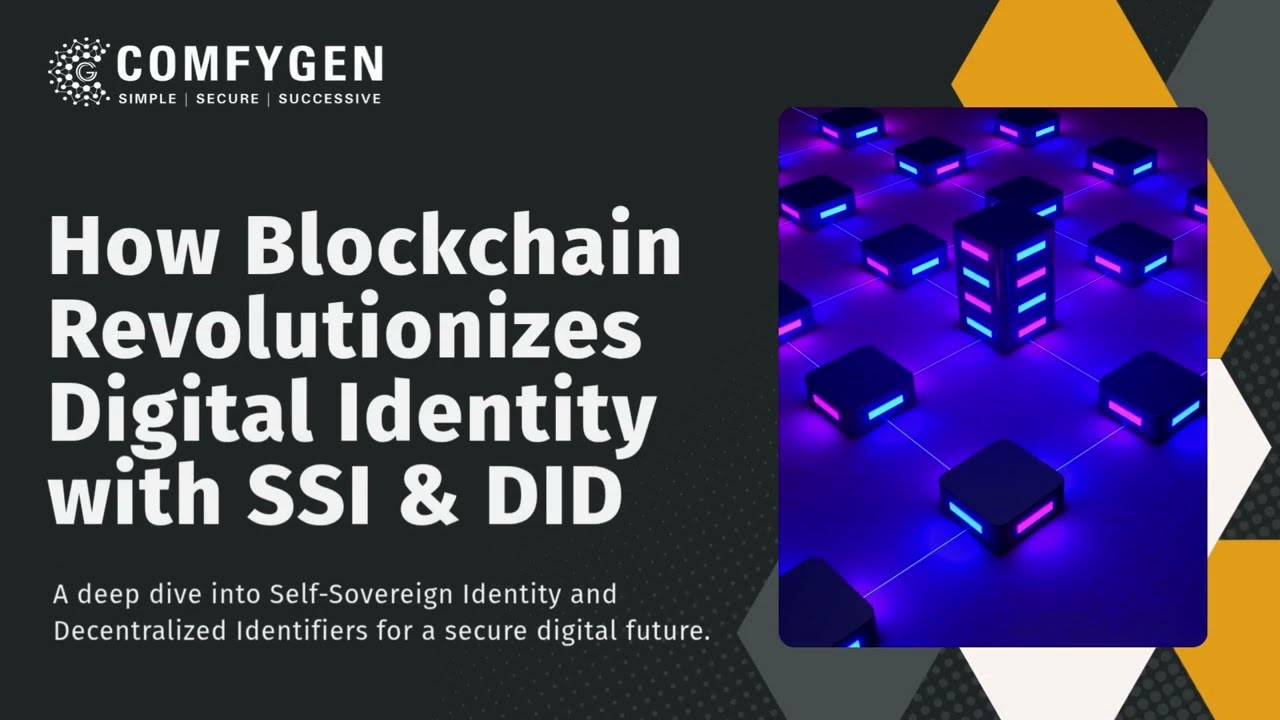
DeFi Onboarding with Polygon ID: Polygon ID enables users to complete privacy-preserving KYC for decentralized finance platforms, allowing them to prove eligibility without revealing sensitive data.
-

DAO Membership Verification via Gitcoin Passport: Gitcoin Passport leverages SSI to verify DAO contributors’ credentials, enabling trustless voting and reputation-based access while safeguarding user privacy.
-

Decentralized Social Login with Disco: Disco provides users with a portable identity wallet for Web3 social networks, allowing them to control which credentials and attributes are shared across platforms.
-

Gaming Identity and Asset Ownership on Fractal: Fractal uses SSI to let gamers own their digital profiles and in-game assets, enabling seamless movement and authentication across multiple blockchain-based games.
-
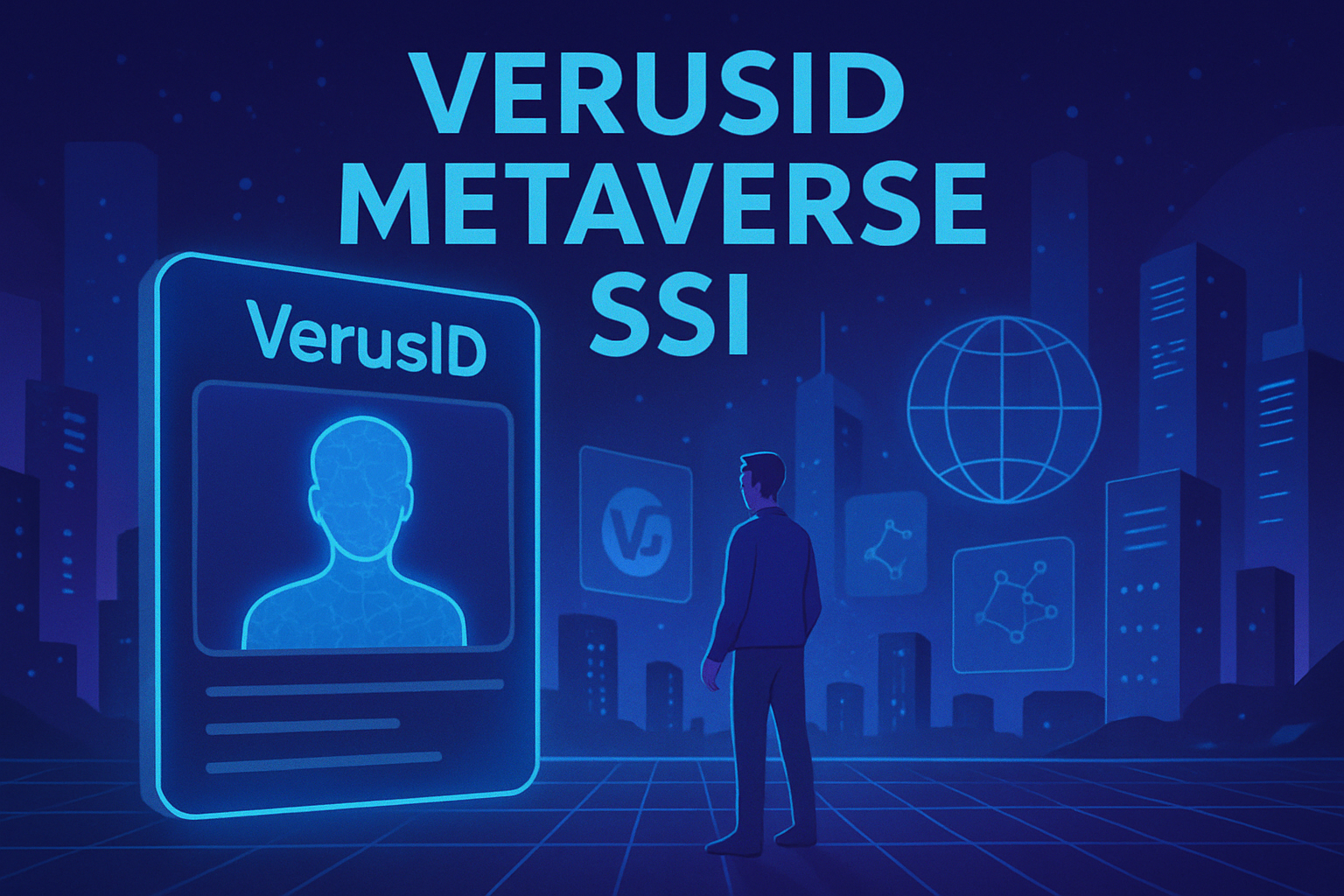
Metaverse Access with VerusID: VerusID empowers users to create self-sovereign digital identities for secure, interoperable access to metaverse environments and digital asset management.
This isn’t just hype. These implementations are live or in advanced pilots, proof that portable digital identity is more than a buzzword; it’s a toolkit for real-world utility.
Challenges: What’s Holding Back Portable Digital Identity?
- Standardization: Competing protocols can lead to fragmentation. Universal standards are critical for interoperability.
- User Experience: Managing keys and credentials can be intimidating. Intuitive SSI wallets must abstract away complexity for mainstream adoption.
- Regulatory Uncertainty: Compliance remains a moving target as governments grapple with decentralized identity models.
The good news? Industry bodies like W3C and DIF are making progress on global standards. Wallet providers are investing heavily in UX innovation, expect more seamless onboarding flows soon.
Getting Started: Take Control of Your Web3 Identity
If you’re ready to experiment with self-sovereign identity, start by choosing a reputable self-sovereign identity wallet. Look for open-source projects with transparent security practices and support for DIDs, verifiable credentials, and zero-knowledge proofs. Most importantly, ensure your chosen wallet offers strong backup solutions so you don’t risk losing access to your digital passport.
- Create your DID within the wallet.
- Add verifiable credentials from trusted issuers (universities, employers, KYC providers).
- Test logging into dApps or services that support SSI authentication, observe how little personal data you actually need to share!
The future of portable digital identity is unfolding now. As interoperability improves and user-centric design takes center stage, expect self-sovereign ID to become not just an option but the default across Web3 ecosystems. Ultimately, controlling your digital passport means reclaiming agency over your online presence, a fundamental shift whose impact will reverberate far beyond crypto circles.



